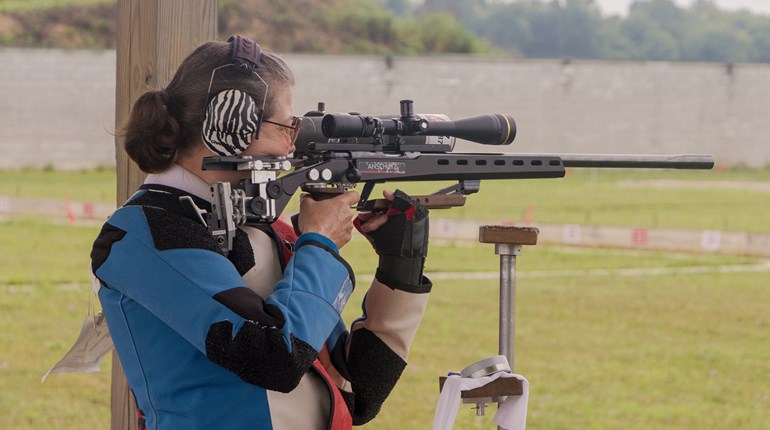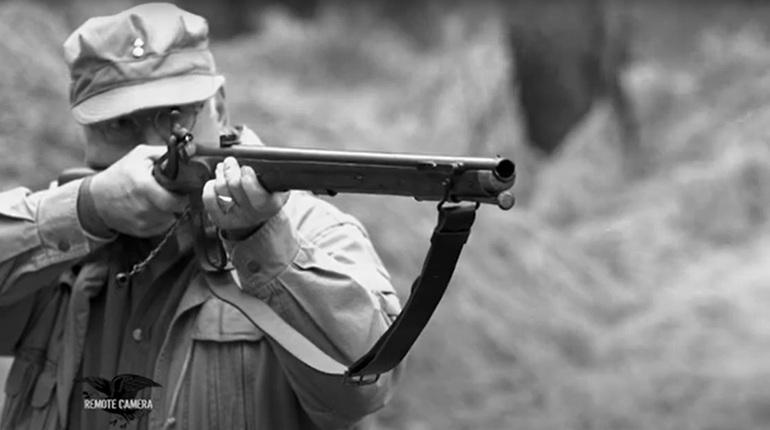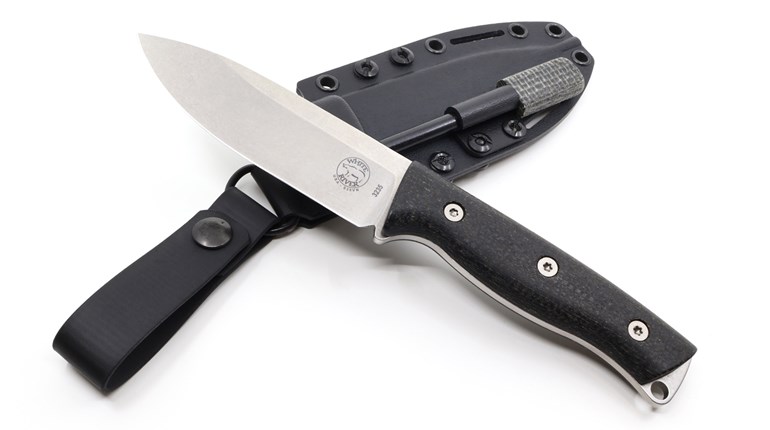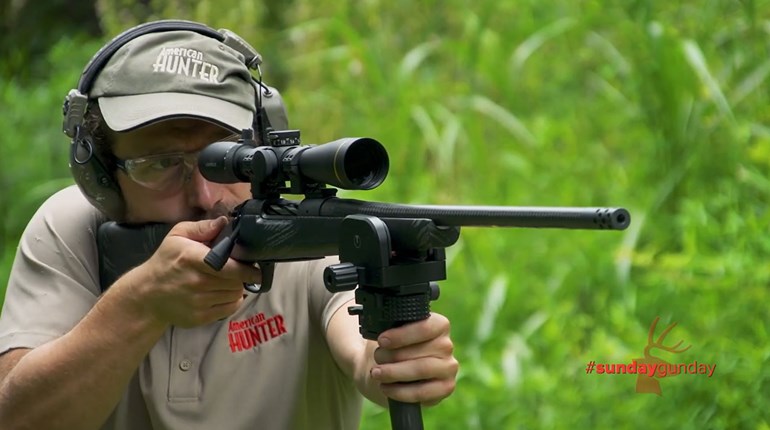
Daylight was swiftly approaching, and I was in a hurry and mad at myself for being late. You see, in deer hunting, the first few minutes after dawn are the best time to take a buck. So I’d risen at 3 a.m. to drive two hours to Virginia’s George Washington National forest before hiking another hour to a treestand location I’d identified a few weeks earlier. Trouble was, now I couldn’t find it. Everything looks different in the dark. Finally, rather than crashing around the woods and spooking everything, I decided to scrap the old plans and simply find a new tree in which to hang my climbing treestand. The one in front of me looked good.
If you don’t know what a climbing treestand is, it works like this: It has a lower platform on which to stand, and an upper chair on which to sit. Both parts each have a cable around the back of them, and metal teeth around the frame, so that when weight is put onto them they bite into the tree and use leverage to provide a sturdy platform. Hunters use the seat and platform in tandem by sitting down/standing up to climb the tree—like a lineman. These treestands are generally very safe--provided a few basic safety protocols are abided by. Like I said, I was in a hurry.
When daylight revealed my surroundings, I noticed the tree I was sitting in was the only tree in the area with no leaves. I was now 20 feet up, and had my safety harness attached. I was more or less comfortable, but that sense of comfort began to wane as I realized the branches on my tree were all dead. I picked at some of the bark and it crumbled like stale cornbread. I had broken the number one rule of treestand selection: I had chosen a dead tree.
Testing it, I shifted my weight to the extreme edge of the platform, and I heard the treestand’s teeth cut through the brittle wood just before an entire sheet of bark fell to the ground. When it did, it loosened the tension between the lower platform and the tree. Feeling it slip slightly, I removed all of my weight from it, and that was a big mistake. The platform twisted sideways and dropped all the way to the ground with a forest-jarring clang.
That’s when I realized I had forgotten to tether the seat and platform together, something all treestand hunters should do to avoid this very scenario. Suddenly, I was in a hurry no more.
So there I was, bow in hand, perched in a treestand seat, with my legs dangling 20 feet off the ground. Without the lower platform, there was no way to stand up, and no way to climb down. But alas! I remembered my cell phone! Then realized that even if I called a friend and they answered, it would take them hours to find me if at all. But it was worth a shot. So I turned it on. Rats! No service.
I looked at my watch, then down to my dangling feet. It was 7 a.m. So I did the only thing that made logical sense: Knowing I would have to face a potentially life-altering decision at some point, I delayed it. If I were to die, at least I’d like to hunt for a few more hours.
Of course I didn’t see a single dang deer. By 10 a.m., my legs were so numb from dangling them that something had to give, so I decided to go for it. And the only thing I could do was to break another cardinal safety rule.
I removed the small length of safety rope (the one used to tether my safety harness to the tree) and tied one end around the seat. Then I removed my safety harness, but held onto it tightly. Using both these tools, I was able to lower myself 6 or 8 feet below my seat. Dangling like Sylvester Stallone in Cliffhanger, I said a prayer and then let go. When my boots hit the leafy ground, I rolled.
To my amazement, I’d pulled it off. No broken bones, no twisted ankles, no loss of life. The only thing lost was the seat of my treestand, which, to my knowledge still remains there to this day.
Stay tuned for next week, when we'll have more "Outdoor D'oh!" moments for your amusement.






































